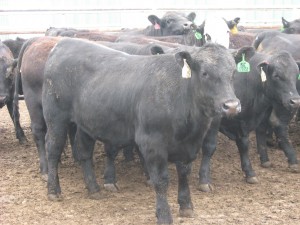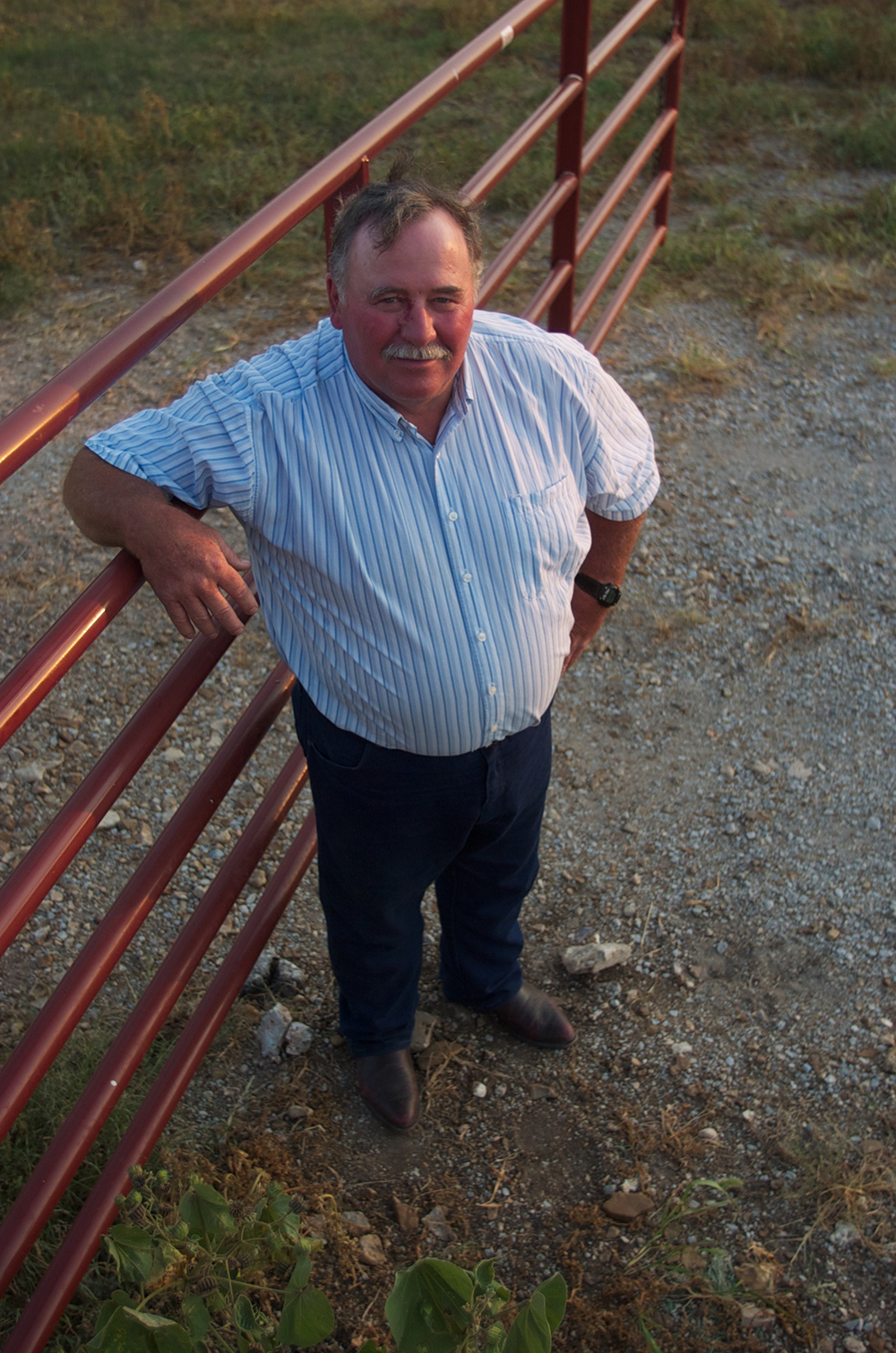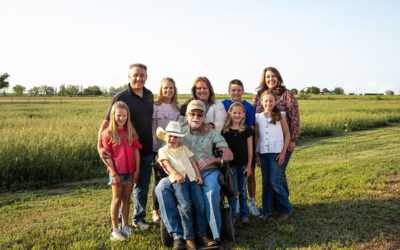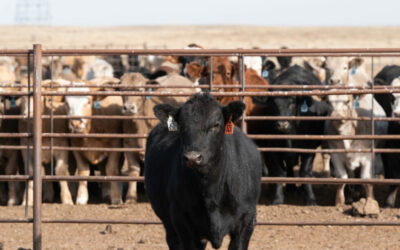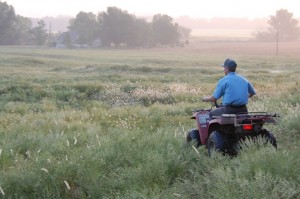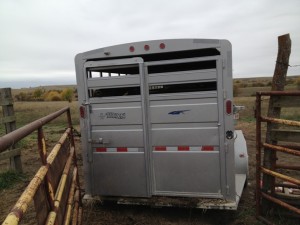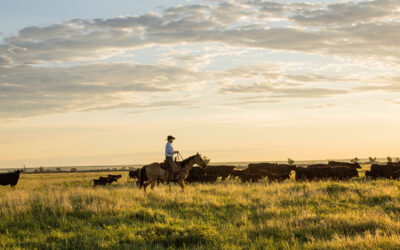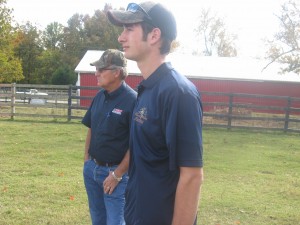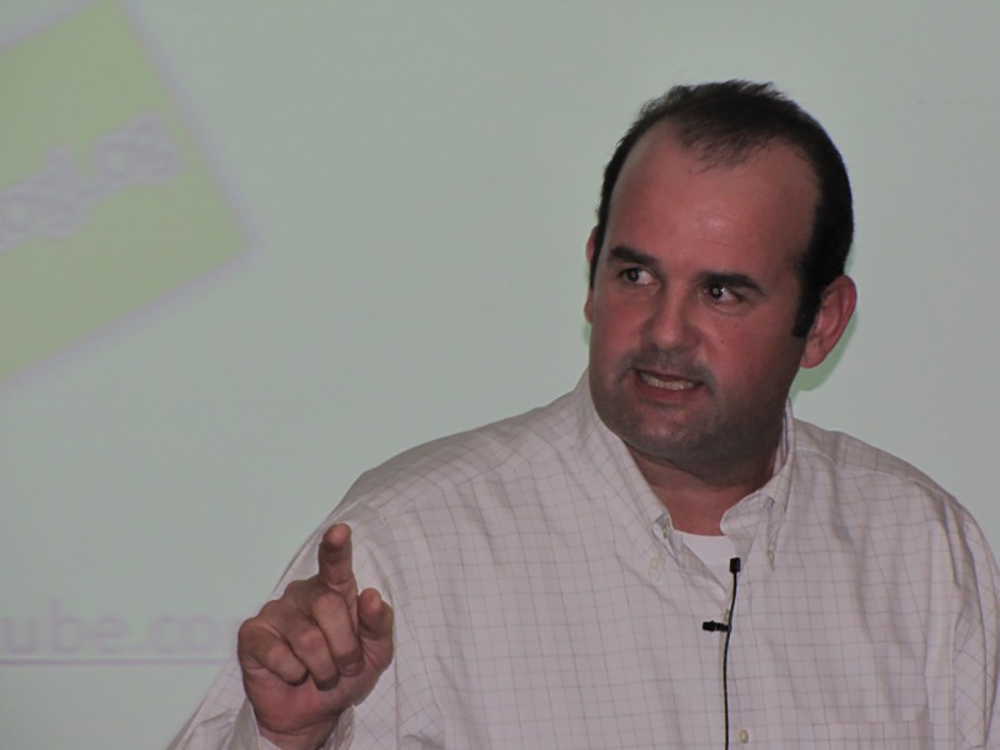
Beef’s a trip
A 30-day look from gate-to-plate
“You keep worrying about your four years and I’ll keep worrying about my four minutes.”

As I interview chefs from time to time, I usually end by asking, “What would you like to tell America’s farmers and ranchers?”
I distinctly remember one chef saying that: “You keep worrying about your four years and I’ll worry about my four minutes.” He was telling me he understood that it takes details and hard work, record-keeping and sweat, to create that perfect steak, and that left a lot of responsibility on his shoulders.
After all, depending on the degree of doneness, he only had 4 to 10 minutes to get it right. Whether or not that diner was going to leave thinking about that amazing meal; whether or not feeding cattle in the heart of a blizzard or hauling water to the herd in the heat of a midsummer drought was worth it, all depended on that final person who cooked the meat.
I often think about that 4 years—how long it takes from the time a seedstock producer makes his matings, to the bull sale, to breeding season at a commercial ranch, to weaning and growing and then feeding.
But once those animals head to harvest, I rarely think about all the other steps the product has to go through just according to plan. From the humidity in an aging room to the temperature of the delivery trucks, there are details at every level.
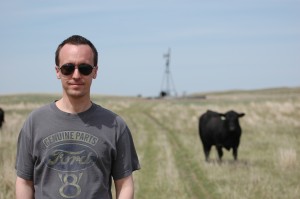
And with those details there are real people. There is a salesman who takes emergency phone calls during his son’s basketball game, so that their restaurant customer will have enough tenderloins for tomorrow’s special. There is a truck driver who will work right through that holiday to get the product there on time. These people might not drive a dually pickup or work in boots, but they are your cohorts in this big ole beef business, and they care about product quality, too.
In my role, I’ve been lucky enough to meet folks from all parts of the industry. I’ve gotten to interview distributors from Dubai and ranchers from Texas. I’ve talked to feeders from Iowa and retailers from Pennsylvania.
So when ag journalist Holly Spangler encouraged folks to join in her “30 days of ag blogging” challenge on her “My Generation” blog, we thought it was the perfect chance to share some of those stories. Come along with us as we spend the next month taking a fast-forward look at the beef production system. We’ll talk about the people, the decisions they make, and what that ultimately means to beef quality.
Because it is—both literally and figuratively—we’re going to call it “Beef’s a trip.”
May your bottom line be filled with black ink,
Miranda
Beef’s a Trip Archives:
Day 1: Starting at day one
Day 2: Who are these people?
Day 3: Stockholders
Day 4: The cowherd’s purpose
Day 5: Deciding to care
Day 6: Quality focus doesn’t have to skip the middleman
Day 7: Stocking for quality
Day 8: SOLD!
Day 9: What have you done today?
Day 10: Working together to make ‘em better
Day 11: Keep on truckin’
Day 12: Packers want quality
Day 13: The target
Day 14: Packers up close & personal
Day 15: It’s not all about the beef
Day 16: Further processors
Day 17: From here to there–and a lot more
Day 18: He’s on your team
Day 19: Beyond prices, grocery stores uncovered
Day 20: Getting quality in the carts
PS—Holly settled on sharing “30 days on a Prairie Farm,” so check out her blog to follow that journey and to find out tomorrow who else is joining us: http://farmprogress.com/prairie-farmer-blogs-Holly-Spangler-4-fcb.
You may also like
$100,000 Up for Grabs with 2024 Colvin Scholarships
Certified Angus Beef is offering $100,000 in scholarships for agricultural college students through the 2024 Colvin Scholarship Fund. Aspiring students passionate about agriculture and innovation, who live in the U.S. or Canada, are encouraged to apply before the April 30 deadline. With the Colvin Scholarship Fund honoring Louis M. “Mick” Colvin’s legacy, Certified Angus Beef continues its commitment to cultivating future leaders in the beef industry.
Raised with Respect™ Cattle Care Campaign Launched This Fall
Raised with Respect™ was developed as part of a strategic cattle care partnership between Sysco and CAB. The collaboration focuses on supporting farmers and ranchers, equipping them with continuing education to stay current on best management practices and helping to increase consumer confidence in beef production.
Quality Wins, Again
Sara Scott, Vice President of Foodservice for Certified Angus Beef, emphasizes the importance of taste over price in the beef market during the Feeding Quality Forum. As consumer demand for high-quality beef grows, Scott highlights the need for increased supply and encourages communication with packer partners to meet the demand for Prime beef.





